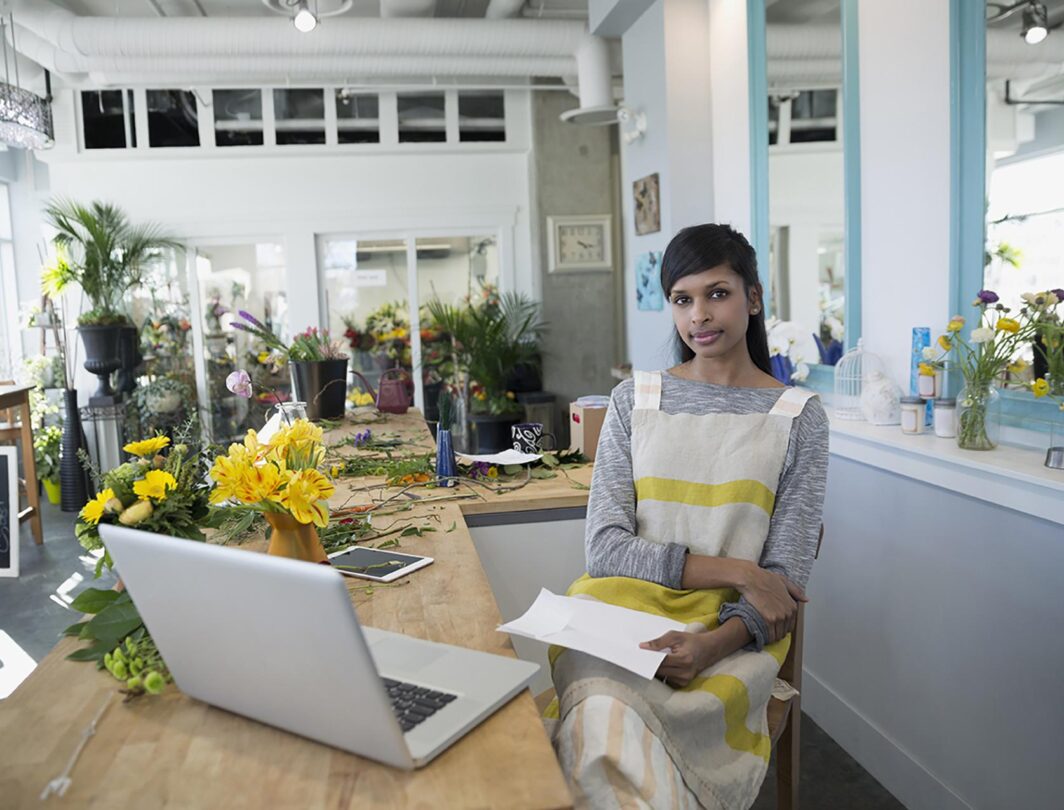Money Matters
How to set up and manage finances for the self-employed
If you're self-employed, it's important to understand how to manage your finances and accounts. Read this for some top tips.

Setting up your accounts is one of the first jobs on your list when you become self-employed, and most even do it before they quit their day job.
Early organisation lets you stay ahead of the tax man and means you’ll benefit from the independence of being your own boss.
There are a number of things to consider for your accounting, which we’ll go through in more detail in throughout this article, including the need to set up a business bank account, record income and expenses, and deal with self-assessment tax returns.
Accounting for the self-employed is the simplest form of accounting, as it just concerns income and expenses.
There are many resources available to help you too, from the HMRC self-assessment tax return portal, the Gov.uk website and online accounting software.
Cash basis vs traditional accounting
When you first set up your business, you’ll need to decide what kind of accounting system to use. It all depends upon your income and how you’d like to pay income tax on it.
This is a good way to organise your accounts if you run a small sole trader or self-employed business, or are part of a partnership. There is a threshold for cash-basis accounting and your income must not exceed this.
Traditional accounting requires you to declare what you are owed but have not received yet and what you’ve chosen to spend on but haven’t paid for yet. This refers to unpaid invoices and invoices you’ve not yet paid for.
Your tax return will also include the value of stock, your year-end bank balances, money taken out of the business for yourself and investments in the business. This type of accounting is better suited if you have high levels of stock, require business finance or want to offset any losses.
Setting up a business bank account
Keeping your business and personal finances separate helps you keep track of your incomings at a glance and see any expenses clearly.
If you need to invest in equipment, travel or training, taking money from your business account is much simpler than getting mixed up with your personal account.
Most banks and building societies offer a simple business current account for sole traders and the self-employed. These include the usual services such as internet banking and debit or credit cards.
Recording income and expenses
Accounting for the self-employed can be relatively straightforward if you keep track of your income and expenses on a regular basis. Record any payments from sales, invoices and recurring work using accounting software.
The same goes for expenses – you must record purchases made for your business, including equipment, supplies and travel expenses such as train tickets. Keep hold of your receipts too, you don’t need to send them to HMRC but it may want to check them.
If you are using cash basis accounting, there are allowable expenses you can claim for against your income tax. These include:
- Running costs – electricity, fuel, telecoms, portion of rent or mortgage
- Admin costs – stationery
- Equipment – computers and tools
- Interest and charges up to £500
- Goods for resale
How to start a business – your free guide
Starting a business? Our essential guide is packed with straightforward advice on everything from planning to launch.

VAT registration for the self-employed
It is quite common for self-employed people to decide to be VAT registered, either because their turnover reaches or exceeds the threshold or to make accounting simpler. You must also register for VAT if it is likely that your turnover will exceed that year’s threshold in the next 12 months.
The flat rate VAT scheme is often preferred by many sole traders, as a simpler way to pay tax. Under this scheme you pay a fixed percentage to your turnover each year and pay this to HMRC. This means you don’t need to calculate VAT in and out on each transaction you make.
Registering for VAT allows you to claim VAT back on eligible expenses and can make it easier for you to work with certain clients.
Self-assessment tax returns
Self-assessment, commonly completed online, is how you pay taxes and National Insurance contributions as a self-employed person. It is simple to register online and you will be sent a login for the portal to where you complete your return.
The tax year is usually 6 April to 5 April and you must complete your self-assessment tax return by 31 January the following year. If you haven’t completed a return before, it is really important to register well in advance of the 31 January deadline, as it takes time for your login to come through.
Filling in your return involves recording all income, expenses and allowable expenses. You then are given a calculation for tax, National Insurance, payments on account, and other payments due, which you can pay online or via bank transfer.
You can submit your return any time after the end of the tax year, paying immediately or up until the 31 January deadline. We’d recommend saving money for tax as you go along and completing your return early, so you don’t get any nasty surprises.
Taking care of tax if you’re self-employed
Getting your taxes right is vital. Read this guide for support with Self Assessment, and learn how Making Tax Digital will change how you manage your tax returns from April 2026.








Ask the author a question or share your advice